Buying Coastal Real Estate in North Carolina: What You Need to Know
With over 300 miles of breathtaking shoreline, North Carolina offers some of the most desirable coastal real estate on the East Coast. Whether you’re dreaming of a beachfront cottage or investing in a vacation rental, buying near the ocean presents unique rewards—and important responsibilities. Before making a purchase, it's essential to understand the risks, regulations, and protections that come with owning coastal property.
Coastal Property Tips for Buyers
1. Understand Erosion Risks
Most oceanfront properties in NC are located on barrier islands—thin strips of land that are naturally prone to erosion, storms, and sea level rise. Erosion can move shorelines inland by over 1.6 feet per year on average, with some areas losing up to 13 feet annually.
2. Know Your Setbacks
New construction must follow specific setback rules from the ocean, measured from the "line of stable natural vegetation." However, these are minimums. It’s often wise to build farther landward to protect your investment.
3. Do Your Homework on Flood Insurance
Flood insurance is often mandatory, and premiums can be significant. Federal policies (NFIP) may not cover land loss due to erosion, so consult with your insurance agent early in the buying process.
4. Evaluate Storm Resilience
Look for homes with piling foundations, breakaway walls, and hurricane-rated windows. These features reduce storm damage and may lower your insurance premiums.
5. Ask the Right Questions
You won’t automatically be told about erosion history or flood risks unless the seller or broker knows them. Partner with a REALTOR® who understands coastal issues and ask for erosion maps and flood zone data.
Frequently Asked Questions (Based on NCREC Guidelines)

What causes shoreline erosion?
Erosion is caused by seasonal storms, sea-level rise, and inlet migration. Even temporary storms can shift dunes by up to 150 feet.
Can I build a seawall to protect my property?
No. Seawalls and similar hardened structures are generally prohibited because they can accelerate erosion on neighboring properties.
Can I use sandbags or build artificial dunes?
Yes, with a permit. These measures are allowed temporarily to protect structures that are imminently threatened, but they are not long-term solutions.
Can I rebuild after a storm or fire?
Possibly. If the structure is more than 50 percent damaged, you must meet current setback and flood regulations. If erosion has significantly impacted the lot, rebuilding may not be permitted.
Is flood insurance required?
Yes, in many cases. Properties in flood-prone zones with federally insured loans must have flood coverage. Even if not required, it's highly recommended.
Can I get insurance for wind damage?
Yes. If private insurance is unavailable, you may be eligible through the NC Coastal Property Insurance Pool, also known as the Beach Plan.
Smart Tips for Coastal Buyers
Buying coastal real estate is an exciting opportunity, but one that comes with unique challenges. From shoreline erosion and storm risks to regulatory setbacks and specialized insurance requirements, it’s critical to be informed. With guidance from experienced professionals and a solid understanding of the risks, you can confidently invest in your coastal dream.




